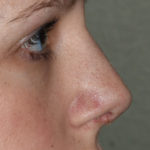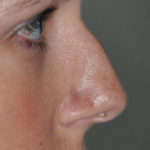One of the most interesting and relevant concepts in elective cosmetic plastic surgery is that of value. In short, what are you getting for what you are paying. As I often say to patients in my Indianapolis plastic surgery practice, ‘we are not saving any lives here or curing cancer….it is just cosmetic surgery.’ So the importance of a good return on a patient’s investment is an important key is their interpretation of the result and the experience.
Clearly, managing a patient’s expectations through a thorough and frank discussion before surgery remains the cornerstone of influencing a patient’s satisfaction and their happiness with the outcome. While much hype and marketing exists in plastic surgery, particularly on the internet, one of my main tasks when I consult with a patient is to bring reality to the forefront and get them grounded in what can and cannot be achieved.
But this issue aside, there is another important value concept in plastic surgery that never gets any play. And that is the inherent value or lifespan of each individual plastic surgery operation. In other words, how long is the change that the patient is having last….or the time expectancy of the procedure. Interestingly, this will vary greatly depending upon what is being done.


Ironically, those procedures that have the shortest value period (Botox, injectable fillers) have become tremendously popular during this decade. While Botox lasts just four months, its cosmetic uses account for nearly a billion dollars in sales for the U.S. company. These very short value procedures overcome the economics due to their ease of application, immediate results, and lack of any recovery from them. In other words, an instantaneous fix at a relatively low cost (compared to actual surgery) increases their relative value.
While elective cosmetic plastic surgery decisions are really emotionally driven, it is interesting to look at their economic value in terms of the lifespan of their results. Such considerations are not a major determining factor in the decision for surgery but may help some in deciding if a certain procedure is ‘worth it’.
Dr. Barry Eppley
Indianapolis, Indiana






